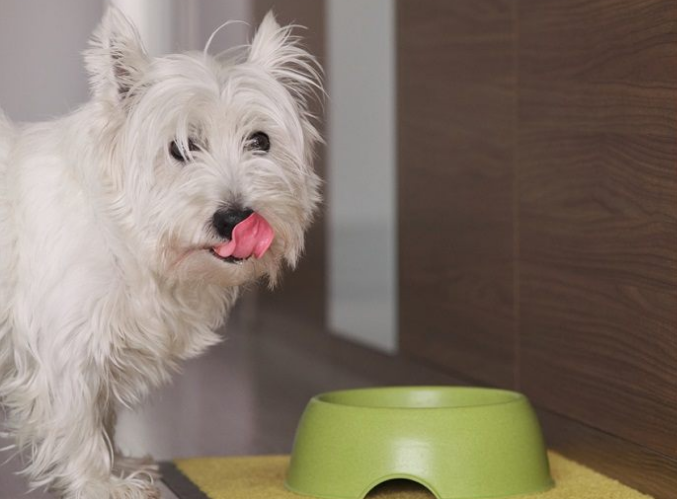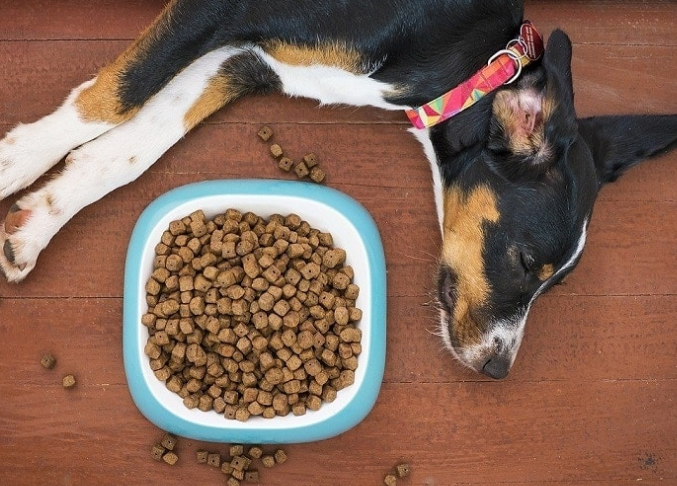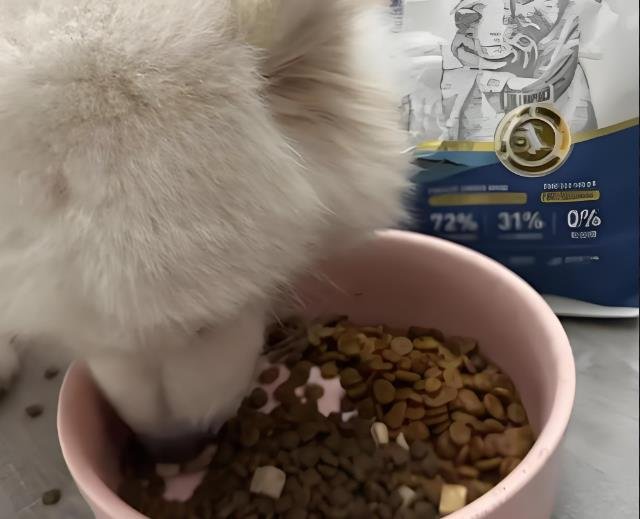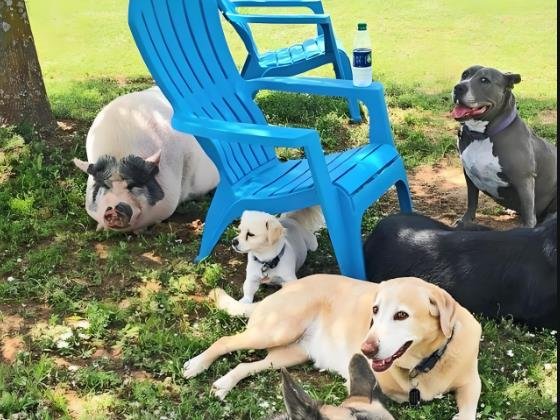Is your dog acting weird around mealtime? Let’s uncover the red flags you can’t ignore.Dogs might not stress about calories like humans do, but they can develop serious eating issues that wreck their health. From scarfing down socks to refusing meals entirely, these problems often hide deeper medical or behavioral troubles. Let’s break down six alarming signs your pup needs help—and what to do about them.

1. Megaesophagus: When Swallowing Goes Wrong
Spot the signs:
- Spitting up food like a slo-mo fountain
- Gagging or hacking during meals
- Frequent pneumonia scares (watch for coughing or lethargy)
This condition stretches their food tube (esophagus) until it can’t push meals to the stomach. Breeds like German Shepherds and Great Danes are prone to it. Quick tip: Elevate their food bowls! Gravity helps move food downward. Vets often recommend liquid diets or meatballs-shaped kibble to reduce choking risks.
2. Coprophagia: The Poop-Eating Puzzle
Why it’s gross (and dangerous):
- Snacking on their own or other dogs’ waste
- Linked to nutrient gaps or boredom
Yep, some dogs treat poop like gourmet snacks. While it’s often behavioral, hidden issues like diabetes or parasites could be fueling this habit. Try adding pineapple to their meals—it makes poop taste bitter. If that fails, a vet can test for digestive problems.
3. Anorexia: When Your Dog Says “No” to Dinner
Not just pickiness:
- Skipping meals for 24+ hours
- Weight loss or hiding food
Unlike human anorexia, dogs usually quit eating due to pain (like dental issues) or nausea from kidney disease. Pro tip: Warm their food to boost the smell—dogs with stuffy noses might start nibbling again. If they’re still refusing chow, rush to the vet—it could signal organ failure.
4. Gorging: The Bottomless Stomach Syndrome
Warning signs:
- Acting ravenous 24/7
- Vomiting whole kibble or bloating
Some dogs eat like they’re in a food competition. This isn’t cute—it risks deadly bloat (GDV). Swap their large meals for smaller, frequent portions. Puzzle feeders slow them down, and mental games (like hide-and-seek with treats) curb boredom-driven binges.
5. Bolting: Speed-Eating Dangers
Why it’s a crisis:
- Gulping food without chewing
- Choking or intestinal blockages
Got a Lab that inhales meals? Slow-feed bowls with maze-like designs force them to pace themselves. For multi-dog homes, feed them separately—competition fuels this panic-eating habit.
6. Pica: The “I’ll Eat Anything” Habit
Red flags:
- Chewing rocks, plastic, or laundry
- Vomiting weird objects
Pica often stems from anxiety or nutrient deficiencies. One owner found their terrier nibbling drywall! Redirect this urge with frozen peanut butter toys or vet-approved chew sticks. If they’re still munching on dangerous items, ask your vet about anxiety meds.

What to Do Next
- Rule out medical emergencies first. Sudden appetite changes? Skip Dr. Google and visit a vet.
- Tweak their routine. Bored dogs act out—add walks, training, or food puzzles.
- Stay calm. Scolding a poop-eater won’t help. Positive reinforcement works better.
Final thought: Dogs can’t tell us when something’s wrong—their eating habits are their SOS signal. Whether it’s a slow feeder bowl or a vet checkup, acting fast could save their life.
Need more tips? Bookmark this guide or share it with a friend whose pup acts hangry 24/7! 🐾


